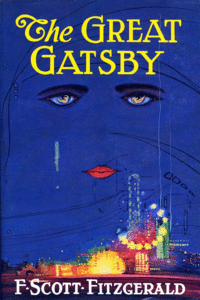The problem with the cast (Arnold Schwarzenegger, Jean-Claude Van Damme, Sylvester Stallone, Jason Statham, Chuck Norris, Dolph Lundgren, Bruce Willis, and Randy Couture) is that their self-referential shenanigans, which are supposed to be with-it and amusing, fall totally flat, while their earnest attempts at macho action (firing automatics and engaging in hand-to-hand combat) are pedestrian and embarrassingly tired. These lunkheads are too old and corpulent to be doing what they're doing: they stand with their feet planted in place and swivel their hips, like plastic action figures, hitting hundreds of bad guys in the chest and face with a barrage of expensive ammo. The interactive action figures in video games have more life than these movie "legends" do. The exceptions are the physically fit, scruffy Statham and a cardboard henchman named Scott Adkins, who every so often remembers to speak his lines with that phony Slavic accent that only young children and movie publicists love. What is it with cornball Russian villains in action movies? Adkins is a carbon copy of previous carbon copies, from Ivan Drago (Rocky IV) to Sergeant Yushin (Rambo) to Mickey Rourke's Whiplash (Iran Man 2), but he doesn't resonate at all, even when his skull is pulverized by a propeller.
 |
| Action savior. Jet Li |
The only person who brings any class to this noisy imbecility is the prodigiously gifted Jet Li, who executes his one fight scene with panache, perfect timing, and genuine wit. He also wraps it up in a sophisticatedly brief fifteen or twenty minutes, and then he splits. Li seems to be in a different movie (actually, he was in a different movie at the time, the beautiful Flying Swords of Dragon Gate). He's a deft acrobat, like the great silent movie clowns, casually smacking each opponent in turn with a cooking utensil, and just when you expect him to knock out the one remaining opponent, Li gives him a quick jab with the palm of his hand to send him toppling, and then shrugs and wriggles his nose like Chaplin besting Mack Swain in The Gold Rush (1925). Everything about Li is elevated above this slop, and he gives moviegoers something back for the time they've invested.
The Western stock actors of the 1940s and '50s—John Wayne, Bob Mitchum, Kirk Douglas, Ward Bond, Jim Davis, etc.—kept churning out Westerns in the 1960s and '70s, trying to keep their own outsized myths going despite saggy faces and widening girths, hauling themselves up on horseback with the finesse of walruses. The Expendables 2 exemplifies a superannuated genre, and like those late '60s Westerns filled with yesteryear's stars who were well past their sell dates, it has all the charisma of a ranchers' convention. I hate to see Jet Li associated with something like this, not because he unbalances the movie with his talent but because, by saving a movie with no other redeeming value, he's used sacrificially.













